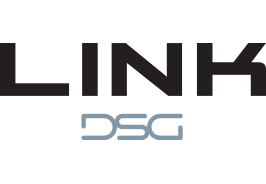Today we live in a world that is constantly adapting to digital technology and is constantly in a state of evolution. Not only does the digital world we now live in affect us at home, but it also greatly affects how printers do business today.
At home we watch TV, talk on the phone, and surf the Internet, often through a Wi-Fi connection. In business, the digital world guides how we conduct business and increases our ability to service our customers.
The print industry has become highly evolved as it adapts to digital technology. Years ago, reprographers, printers, and copy shops simply made “copies” using different forms of duplication from a hard copy original. Today, there is virtually no such thing as a “copy”. “Print” may be a better word for the future.
Printing is now done by sending digital, ready-to-print files directly to what we often still refer to as a copier, inkjet, or laser printer. Or, it can be done by scanning an original (usually something on paper) and then printing it as many times as needed, without having to rescan or duplicate the original. The process is the same whether printing small format or large format. In simple terms, it makes the workflow process much more efficient than in the past.
And the evolving digital world goes even deeper into the print industry! Today, files are most commonly sent via a digital transfer of some sort – email, FTP, Dropbox, electronic order systems, and online document management systems, to name a few. No longer does a customer have to bring their print job to the printer in person. And no longer does the printer have to send a delivery service to pick it up.
Now, the printer receives the files via digital transfer, often with some type of print and distribution instructions attached. First, the print job flows through a prepress department for setup and proofing. Next, it heads directly to a digital printer for the highest output efficiency possible.
Along the path to the final print, digital print files will pass through various other digital workflow steps, such as color management or Raster Image Processing (RIPing for short). These steps help ensure the final output if of the highest quality for the customer. While constantly being monitored and calibrated, these processes are often seamless and automated so that the print files are delivered to the printer quicker than ever.
The world is changing rapidly to adapt to digital technology. The printing industry is no different and continues to adapt and evolve on a daily basis. The net benefit of this digital adaptation directly impacts customers who are being served by the printing industry, in the most positive of ways.
Interested in learning more about how Thomas Printworks can help you with your printing? Contact us today!





